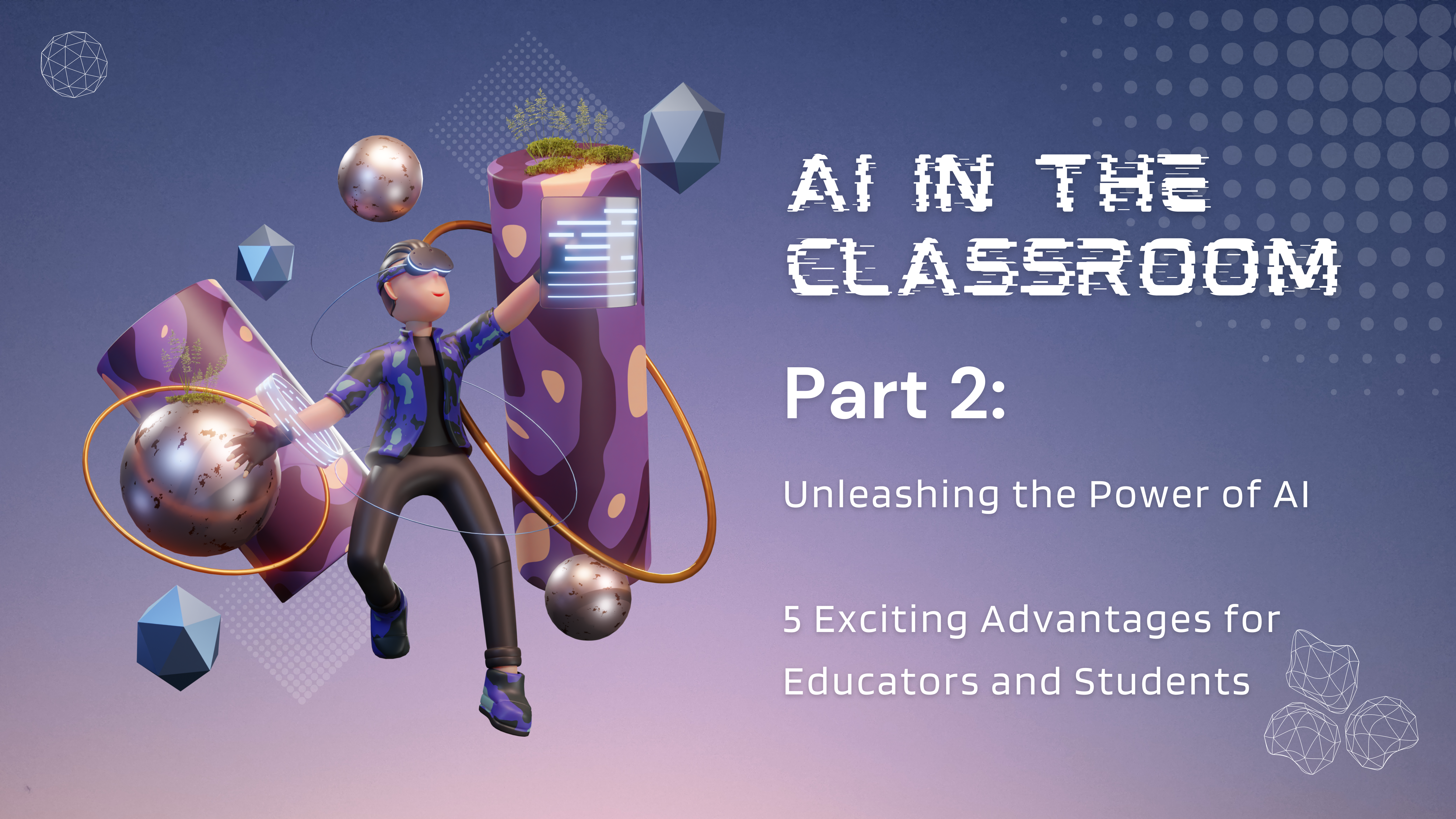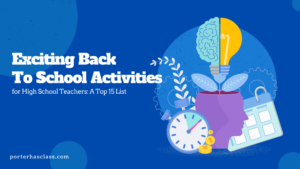Introduction:
Welcome to part two of my blog series where we dive into the fascinating world of artificial intelligence (AI) in education. AI has already made its way into classrooms, transforming teaching and learning experiences. In this edition, we explore the advantages of AI and how it revolutionizes education while acknowledging its pros and cons.
Section 1: Personalized Learning Redefined
Discover how AI has made personalized learning a reality. By analyzing data such as students’ performance records, learning patterns, and preferences, AI algorithms create customized learning paths. With AI-powered systems like ChatGPT, students receive virtual tutoring that adapts to their progress, providing personalized feedback. This approach enables students to learn at their own pace, fill knowledge gaps, and take ownership of their learning journey.
Additionally, AI can automate the creation of personalized lesson plans, saving teachers time and allowing them to focus on guidance and support, fostering dynamic and interactive classrooms.
Section 2: Enhanced Student Engagement and Collaboration
Explore how AI captivates students and fosters active participation. AI-powered virtual assistants, such as ChatGPT, facilitate interactive conversations and offer instant feedback, making learning more enjoyable. Gamification elements, like rewards, leaderboards, and badges, introduce excitement and healthy competition, nurturing essential skills such as problem-solving, critical thinking, and creativity.
Section 3: Efficient Administrative Support
Uncover how AI supports educators in managing administrative tasks efficiently. Automated grading systems provide immediate feedback on assessments and exams, freeing up teachers’ time for quality instruction. AI also streamlines routine tasks like generating reports and organizing data, ensuring accuracy and efficiency in educational institutions. By leveraging AI, teachers can build meaningful relationships and design innovative teaching strategies.
Section 4: Accessible and Inclusive Education
Learn how AI promotes inclusivity in education. Assistive technologies, such as speech recognition and text-to-speech systems, enable students with disabilities to access educational content. AI algorithms adapt content delivery to cater to different learning styles, ensuring equal opportunities for all students. AI-powered language tools facilitate language learning and foster cultural exchange among students from diverse linguistic backgrounds.
Section 5: Data-Driven Insights and Continuous Improvement
Discover how AI-generated data empowers educators to make informed decisions. By analyzing student performance data, AI algorithms identify patterns and trends, enabling teachers to refine instructional strategies. Comprehensive reports on student progress, attendance, and engagement assist administrators in resource allocation and evidence-based policy development. With AI, education becomes a dynamic field that adapts to the evolving needs of students and society.
Conclusion:
AI is reshaping education, offering advantages that transform traditional classrooms into centers of innovation. By integrating AI tools like ChatGPT, educators and students unlock new possibilities, fostering inclusive and dynamic educational environments. As AI evolves, the future of education holds limitless opportunities for learners worldwide.
Don’t miss my next post, where we’ll explore specific uses and browser extensions to monitor student usage and enhance teacher instruction. Also, be sure to check my previous post on the Disadvantages of AI in the Classroom and enjoy some humor in “A Teacher’s Valentine’s Day Surprise.”
Thank you for your continued support. Every view, like, and share on social media makes a difference.
Note: The information provided in this blog post is for informational purposes only and should not be considered legal or professional advice.



